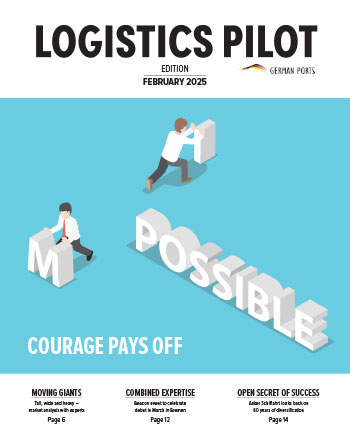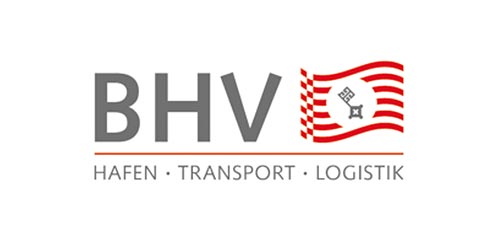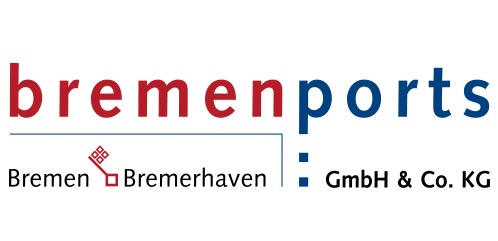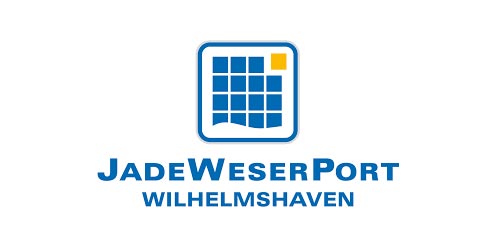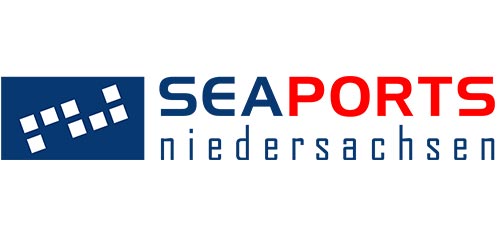Since its foundation 25 years ago, Weserport has been investing in infrastructure and has become the port service provider with the highest handling volumes in the Bremen ports. Now, with IT support, handling is set to become even more efficient.
The port logistics company is located in the Oslebshausen district beyond the industrial port lock, where bulk and general cargo has been handling containers for over one hundred years. The area on the right bank of the River Weser, where around half of Bremen’s urban transhipment still takes place, is also considered a centre of Bremen’s port and logistics industry. Since its foundation in April 1995, Weserport has contributed a total of 195 million tonnes to this activity.
To ensure that such volumes could be handled there, the company has invested heavily in infrastructure. “In the first few years of business, the port facilities had to be upgraded because they were in a poor state of repair as a result of the austerity programme put in place by Klöckner-Werke Bremen as the former owner,” says Delicat. In addition, one crane bridge was completely replaced, another one was upgraded and modernised and the existing gantry crane was completely refurbished. Track systems and pavements were also modernised or extended.
Quay lengths increased by over 25 percent
“An important milestone in 2006 was the expansion of our Terminal 1 for combined transport,” he says. “We were able to extend the pier by 120 metres, which of course allows the handling of considerably more ships.” Equally decisive was their purchase of ECL in 2007. “As a result, Weserport became the owner and operator of Terminal 4 in the potash port, and the managed quay length increased from 1,400 to 2,000 metres. In addition, the handling volume rose by one million tonnes to over nine million tonnes per year.”
Of particular importance for the port logistics provider’s development was the deepening of the industrial port lock and the port basins in the industrial port between 2013 and 2017. Since then, the water depth here has reached up to 10.5 metres – a huge advantage. “An additional metre means about 4,000 to 5,000 tonnes more cargo per shipload for a Panamax ship,” explains Delicat. “This has an enormous effect because it lowers the price of transportation.” Another important acquisition was the new 125-tonne mobile harbour crane.
In addition to these superstructure measures, the IT system has also been updated, but the main focus has been on increasing capacity. “In recent years, we have invested heavily in upgrading the port facilities and have become the port service provider with the highest turnover in the ports of Bremen,” says Delicat.
Facts
Established: 1995 | Joint Venture between Rhenus Gruppe and ArcelorMittal Bremen
Market: neutral seaport service provider (cargo handling, clearance, chartering and stevedoring)
Infrastructure: Four multifunctional terminals
Suprastructure: motorway and rail connections
Premises: over 330,000 square metres
Equipment: Eight cranes for heavy loads of up to 100 tonnes per square meter
Sales 2019: Seven million tonnes
Rhenus Group annual sales 2019: €5.5bn
Satellite-supported logistics
The next step is to become even more efficient. “One lever for optimising processes is more precise planning based on better figures,” says Delicat. This is to be achieved through satellite-supported visualisation and managing warehouse processes. Working with Bremen-based space technology group OHB and four other project partners, warehouses can be shown in 3D. By mid 2021, this is to be extended to include multifunctional areas for general cargo such as steel coils. The steel coils, which are stored in three rows one above the other, still have to be marked beforehand for logistics purposes and some of them will have to be searched for later. Both of these tasks can be dispensed with in the future: “If the coil is located very precisely, the system signals to the forklift driver exactly where it has been stored and he can pick it up with pinpoint accuracy by the shortest route,” says Delicat.
In the coming years, it should also be possible to carry out an automated inventory check for bulk material for both import and export. To this end, all the necessary equipment such as grabs, wheel loaders and trucks as well as conveyor belts have to supply the relevant data in order to enable digital, fully automated inventory management. “Our goal is a total port planning system that covers all capacities across our four terminals,” says Delicat. This would make it possible to define the optimum sequence of ships in advance. It would also be possible to know exactly how many employees are needed for which processes and when. What several people are doing today would in future be taken over by a system that makes appropriate planning suggestions. This would reduce personnel costs, which are the main driver in a conventional terminal. Such a system would make it possible to prepare for the future. “Our aim here is not to employ fewer people,” says Delicat, “but in view of the shortage of skilled workers, we need automation in order to deploy employees for manual processes more efficiently.”
Focusing on digitalisation
Digitalisation at Weserport has been given a particular boost by the arrival of joint managing director Rudolf Egbert last year. While Delicat is responsible for sales, finance and marketing, the computer scientist has assumed responsibility for the operational processes in the port. “Since then, we have made real progress,” says Delicat. Nevertheless, it’s an ongoing process that will continue for several years.
Processes are to be further optimised. What can currently be done with coils, namely the tracking of cargo progress via scanning, should also be possible in other cargo segments in the future. “We want to provide the data we already have to our customers in the agricultural products, fertiliser and animal feed markets,” says Delicat. However, this is just an add-on service that isn’t intended for sale – but it is extremely important for trading companies, industrial customers and freight forwarders. Further digitalisation will take place step by step. “It will still take some time, but in the foreseeable future the entire process chain in the port will be digitalised,” says Delicat. “An important link in the digitalisation of the global supply chain will be realised, and our customers will benefit from fantastic support in their supply chain management”. (cb)
More Information
Most read
Logistics Pilot
The current print edition - request it now free of charge.

